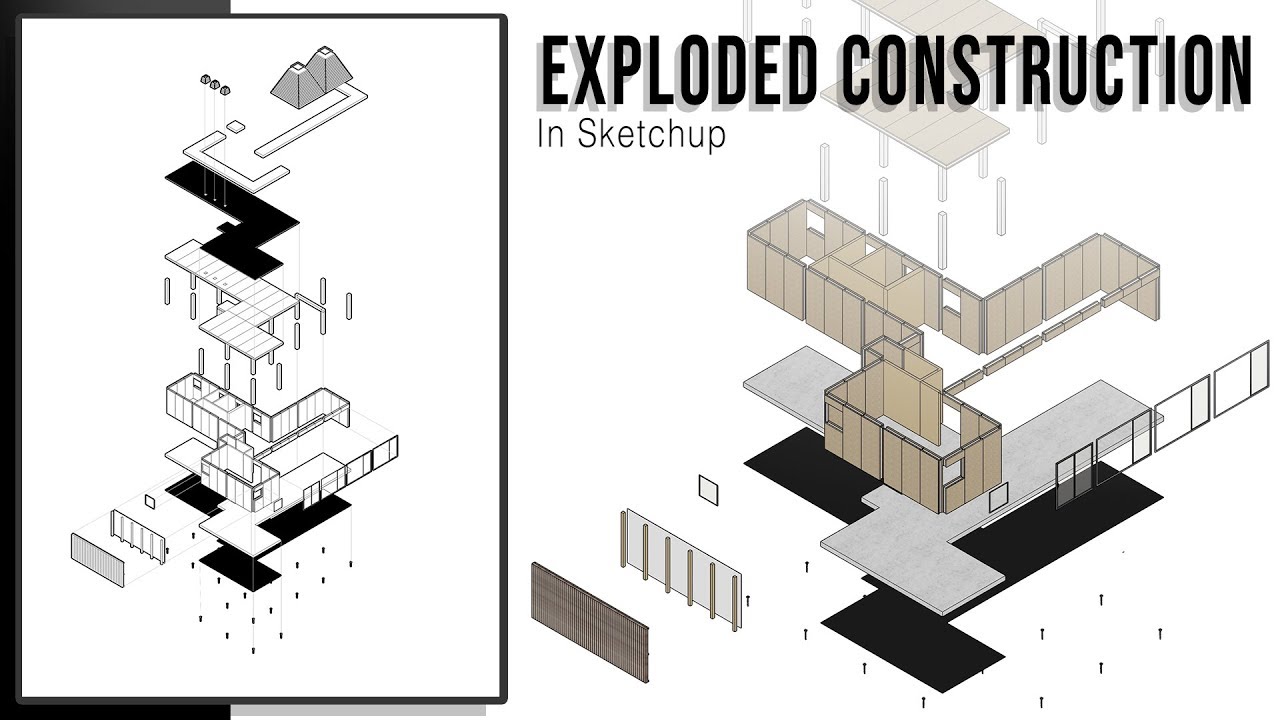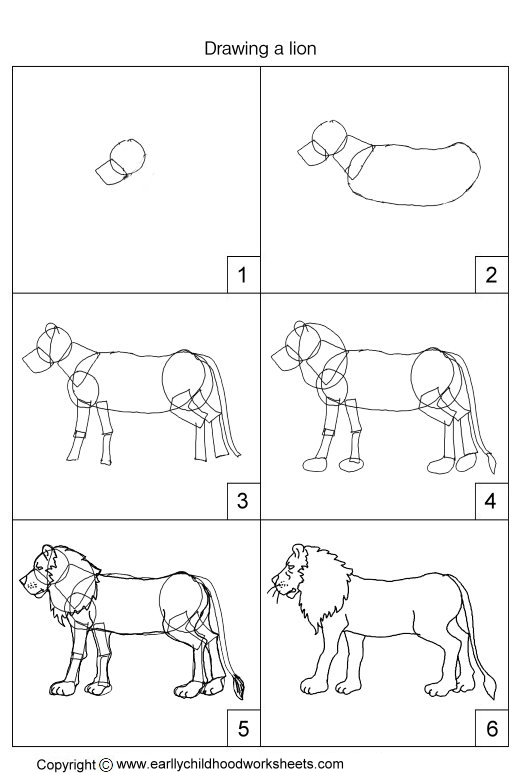Exploded axonometric of house lg by gregorio brugnoli err zuriz
Table of Contents
Table of Contents
Are you an architecture student struggling to create an exploded axonometric drawing? Do you find it hard to balance the depth of your surfaces and create precise lines? Look no further, this post will guide you through the process step by step!
Creating an exploded axonometric drawing can be difficult as it requires a lot of attention to detail and a good understanding of perspective drawing. Lack of knowledge on the subject can make it quite frustrating and time-consuming.
Exploded axonometric drawings are a great way to show the structure and design of a building or an object in detail. It allows you to show the different parts and components of the structure with their actual proportions and relations to each other. This type of drawing is commonly used in architecture, engineering, and design.
To start creating an exploded axonometric drawing, you need to have a clear idea of the object or structure you want to draw. You will then need to draw the object or structure in a 3D perspective with all its parts in place. To create the “exploded” effect, you will need to move some parts slightly away from each other while still maintaining the correct proportions and relation to the other components. Once you have created the “exploded” effect, you can add shading and color to enhance the depth and dimensionality of your drawing.
My Experience with Exploded Axonometric Drawing
As an architecture student, I was required to create an exploded axonometric drawing for one of my projects. At first, I found it quite challenging as it required a lot of precision and attention to detail. However, after researching and practicing more, I was able to create a precise and accurate drawing that helped me communicate my design effectively.
When creating an exploded axonometric drawing, it is important to pay attention to the placement and direction of your lines. Use a fine pen or pencil to ensure the lines are precise and accurate. It is also essential to maintain the correct proportions and relations of the components, and make sure the perspective is correct.
Tips for Creating an Exploded Axonometric Drawing
When creating an exploded axonometric drawing, keep in mind the following tips:
- Start with a clear idea of the object or structure you want to draw
- Create the object or structure in a 3D perspective
- Move parts slightly away from each other for the “exploded” effect
- Add shading and color to enhance dimensionality
- Use a fine pen or pencil for precise lines
Understanding the Perspective in Exploded Axonometric Drawing
Perspective is an important element in creating an exploded axonometric drawing. It is essential to understand how perspective works and how to use it correctly to create an accurate and precise drawing. Perspective helps create the illusion of depth and dimensionality in a two-dimensional drawing. When creating an exploded axonometric drawing, it is essential to use two-point perspective, which means that all lines are drawn to two vanishing points on the horizon line.
The Importance of Precision in Exploded Axonometric Drawing
Precision is key when creating an exploded axonometric drawing. It is important to maintain the correct proportions and relations of the components, and ensure that the perspective is correct. Precision can be achieved by using fine pens or pencils, and taking your time to ensure that every line is accurate and precise.
Practice Makes Perfect
Creating an exploded axonometric drawing can be challenging, but with practice and patience, you can master the technique. Start with simple objects and structures, and gradually move on to more complex ones. Remember to pay attention to detail and maintain precision in your lines and proportions.
Question and Answer
Q: What is an exploded axonometric drawing?
A: An exploded axonometric drawing is a type of drawing that shows the structure and design of a building or an object in detail. It allows you to show the different parts and components of the structure with their actual proportions and relations to each other.
Q: What is the importance of perspective in an exploded axonometric drawing?
A: Perspective is important in an exploded axonometric drawing as it helps create the illusion of depth and dimensionality in a two-dimensional drawing.
Q: What are some tips for creating an accurate and precise exploded axonometric drawing?
A: Some tips for creating an accurate and precise exploded axonometric drawing include starting with a clear idea of the object or structure, using two-point perspective, using a fine pen or pencil, and paying attention to the placement and direction of your lines.
Q: How can I improve my exploded axonometric drawing skills?
A: You can improve your exploded axonometric drawing skills by practicing regularly, paying attention to detail, maintaining precision in your lines and proportions, and starting with simple objects and structures before moving on to more complex ones.
Conclusion of How to Draw Exploded Axonometric
In conclusion, creating an exploded axonometric drawing can be challenging, but the more you practice, the easier it becomes. Remember to pay attention to detail, maintain precision in your lines and proportions, and use two-point perspective to create an accurate and effective drawing. Keep in mind the tips and guidelines discussed in this post, and you will be on your way to creating impressive and effective exploded axonometric drawings in no time.
Gallery
Exploded Axonometric Drawing
Photo Credit by: bing.com / axonometric exploded
Architecture Exploded Construction Axonometric / Sketchup Tutorial

Photo Credit by: bing.com / axonometric exploded sketchup
Exploded Axonometric Of House LG By Gregorio Brugnoli Errázuriz

Photo Credit by: bing.com /
Do Architects Still Need To Draw? | Life Of An Architect

Photo Credit by: bing.com /
Exploded Axonometric | Eskiz, Mimari, Papaz

Photo Credit by: bing.com / exploded axonometric drawing drawings architecture architectural axo perspective technical diagram general presentation isometric concept tadao ando 21st century informative useful






